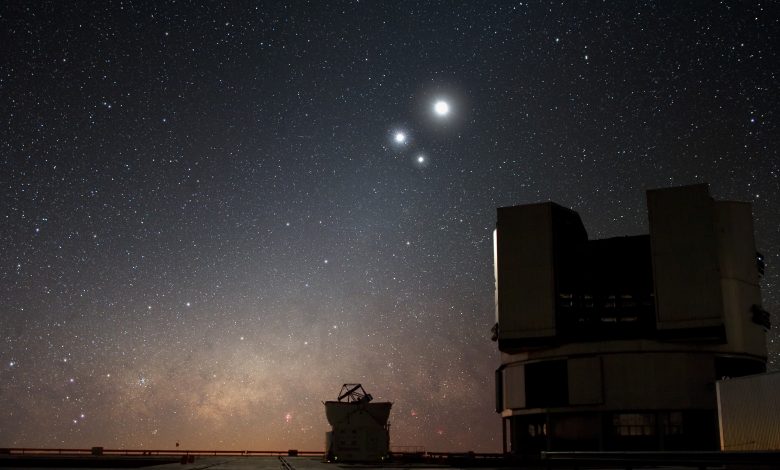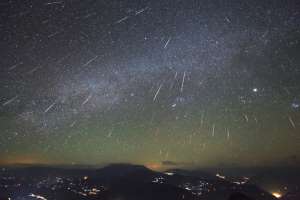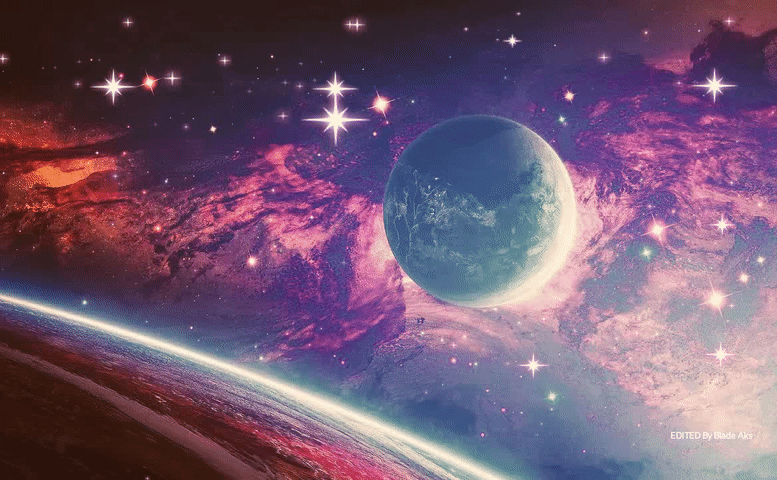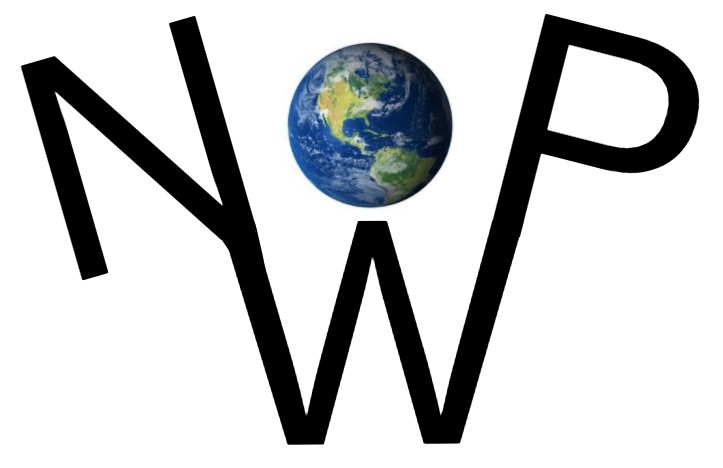December-Planetary meet-up-December features some of the longest nights of the entire year, and the long nights will bring plenty to see ranging from one of the best annual meteor showers to an uncommon planetary meet-up on the day of the winter solstice.
The following written content by Brian Lada, AccuWeather meteorologist

December features some of the longest nights of the entire year, and the long nights will bring plenty to see ranging from one of the best annual meteor showers to an uncommon planetary meet-up on the day of the winter solstice.
The jam-packed list of astronomical events will be perfect for people of all ages, and although all of them can be seen with the unaided eye, one event in particular will be perfect for those who have a telescope.
he December sky will also offer plenty to see on a nightly basis as long as cloud-free conditions prevail. Sirius, the brightest star in the sky, will rise every night in the southeast before midnight and will appear below the constellation Orion. Above the famous constellation, the Pleiades star cluster will be visible with numerous stars glowing in a close bunch. The darker the sky, the greater the number of stars that will be visible in the cluster.
Here are the top astronomy events in December:

1. Geminid meteor shower
When: Dec. 13-14
The second weekend of December will end with a bang as one of the best meteor showers of the entire year will peak. In addition to its impressive rates, exceeding 100 meteors per hour, the Geminids is a great shower for younger stargazers as it is active all night long. Shooting stars will start to streak across the sky by 9 or 10 p.m. local time.
This year will be particularly good for watching the Geminids as it peaks on a moonless night, allowing stargazers to see the shower’s full potential in areas away from light pollution.
“The Geminids are often bright and intensely colored,” the American Meteor Society said. “These meteors are also seen in the Southern Hemisphere, but only during the middle of the night and at a reduced rate.”
2. Total solar eclipse
When: Dec. 14
Hours after the peak of the Geminids, the only total solar eclipse of 2020 will darken the sky over South America.
Most of the continent will be able to witness a partial lunar eclipse, but a narrow zone stretching across southern Chile and southern Argentina will be able to see the moon completely block out the sun. This small area includes Temuco and Pucon, Chile, and Sierra Colorado, Valcheta and Las Grutas, Argentina. Read about this and more December 2020 events from AccuWeather.

Follow other related news stories from News Without Politics
Subscribe to News Without Politics





